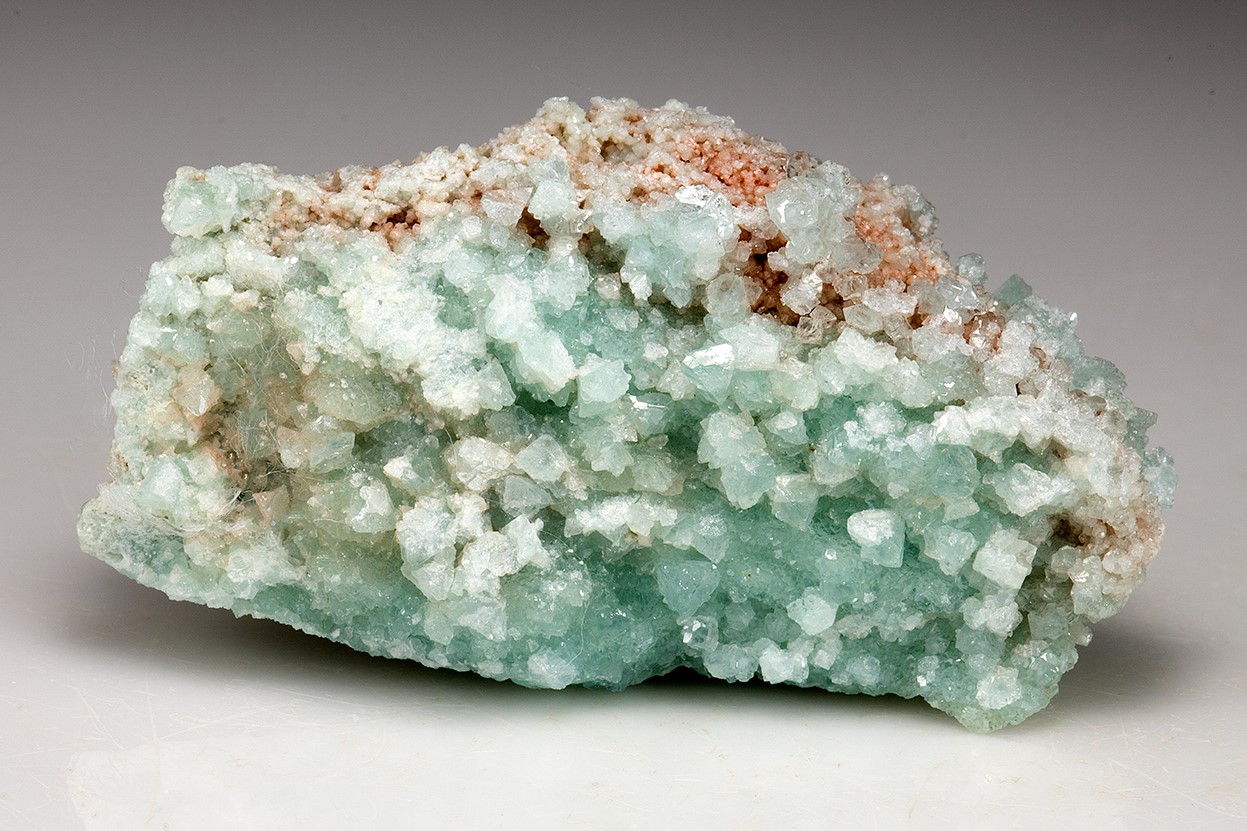
Boracite is a fascinating mineral with a unique blend of properties and uses. Found in evaporite deposits, this mineral often forms in cubic or octahedral crystals. Boracite is composed of magnesium borate and chloride, giving it a distinct chemical makeup. Its hardness and glassy luster make it a popular choice for collectors. Historically, boracite has been used in various industrial applications, including the production of boron compounds. Its vibrant colors, ranging from white to green or blue, add to its appeal. Whether you're a geology enthusiast or just curious, learning about boracite offers a glimpse into the world of minerals and their practical uses.
Key Takeaways:
- Boracite is a unique mineral with a rich history and valuable uses, from being a source of boron to its applications in glass production and scientific research.
- Its physical properties, including its hardness and crystal formation, make boracite a fascinating addition to mineral collections and a subject of interest in popular culture.
What is Boracite?
Boracite is a fascinating mineral with a unique composition and intriguing properties. It's not just a pretty face in the mineral world; it has a rich history and significant uses.
- Boracite is a borate mineral composed of magnesium, boron, and oxygen.
- Its chemical formula is Mg3B7O13Cl.
- Boracite often forms in evaporite deposits, which are sedimentary rocks formed by the evaporation of water.
- It typically appears in colors ranging from white to blue-green.
- This mineral is known for its glassy to pearly luster.
Historical Significance of Boracite
Boracite has been known and utilized for centuries. Its historical applications and discoveries add to its allure.
- Boracite was first described in 1789 by German mineralogist Dietrich Ludwig Gustav Karsten.
- It was named after its boron content.
- Historically, boracite was used as a source of boron, an essential element in various industrial processes.
- In ancient times, boracite was sometimes mistaken for other minerals due to its similar appearance.
- Early miners valued boracite for its unique properties and uses.
Physical Properties of Boracite
Boracite's physical characteristics make it stand out among other minerals. These properties are crucial for its identification and use.
- Boracite has a hardness of 7 on the Mohs scale, making it relatively hard.
- It has a specific gravity of 2.9 to 3.0.
- The mineral exhibits a trigonal crystal system.
- Boracite can be transparent to translucent.
- It often forms in well-defined, prismatic crystals.
Boracite in Nature
Boracite's natural occurrences and formations are as intriguing as the mineral itself. Understanding where and how it forms can provide insights into its properties.
- Boracite is commonly found in salt deposits.
- Significant deposits of boracite are located in Germany, Turkey, and the United States.
- It often occurs alongside other evaporite minerals like halite and gypsum.
- Boracite can form in both marine and non-marine evaporite environments.
- The mineral is sometimes found in association with other borate minerals like colemanite and ulexite.
Uses of Boracite
Boracite's unique properties make it valuable in various applications. Its uses span from industrial to scientific fields.
- Boracite is used as a source of boron in the production of borosilicate glass.
- It is also utilized in the manufacture of ceramics.
- The mineral is important in the production of certain types of fertilizers.
- Boracite is used in the creation of flame retardants.
- It has applications in the field of metallurgy, particularly in the production of boron steel.
Interesting Facts about Boracite
Beyond its practical uses, boracite has some fascinating trivia associated with it. These tidbits highlight the mineral's unique characteristics and history.
- Boracite can exhibit piezoelectric properties, generating an electric charge in response to mechanical stress.
- It is sometimes used in scientific research to study crystal growth and formation.
- Boracite crystals can be quite large, with some specimens weighing several kilograms.
- The mineral can fluoresce under ultraviolet light, displaying a bright green color.
- Boracite is occasionally used as a gemstone, although it is relatively rare in this form.
Collecting and Preserving Boracite
For mineral enthusiasts, collecting and preserving boracite can be a rewarding hobby. Proper care and handling are essential to maintain its beauty and integrity.
- Boracite specimens should be stored in a dry environment to prevent damage from moisture.
- Handling boracite with care is important, as its crystals can be fragile.
- Cleaning boracite should be done with a soft brush and mild detergent to avoid scratching its surface.
- Displaying boracite under proper lighting can enhance its natural luster and color.
- Collectors often seek out boracite specimens with well-formed crystals and vibrant colors.
Boracite in Popular Culture
While not as well-known as some other minerals, boracite has made appearances in various cultural contexts. Its unique properties and history have captured the imagination of many.
- Boracite has been featured in several mineralogical exhibitions and museums around the world.
- It has appeared in educational materials and textbooks as an example of a borate mineral.
- Some artists and jewelers have used boracite in their creations, appreciating its unique aesthetic.
- Boracite has been mentioned in scientific literature and research papers, highlighting its importance in various fields.
- The mineral has even inspired some fictional works, where its unique properties are used as plot devices.
Boracite's Fascinating World
Boracite, a mineral with a unique blend of boron and magnesium, has intrigued scientists and collectors alike. Its crystal structure and color variations make it a standout in the mineral world. Found in evaporite deposits, boracite's formation process is a testament to nature's complexity. This mineral isn't just a pretty face; it has practical uses too. From industrial applications to scientific research, boracite plays a crucial role. Its piezoelectric properties make it valuable in electronics, while its hardness and transparency are prized in gemology. Understanding boracite offers a glimpse into geological processes and the diverse applications of minerals. Whether you're a geology enthusiast or just curious about the natural world, boracite's story is worth exploring. So next time you come across this fascinating mineral, you'll know there's more to it than meets the eye.
Frequently Asked Questions
Was this page helpful?
Our commitment to delivering trustworthy and engaging content is at the heart of what we do. Each fact on our site is contributed by real users like you, bringing a wealth of diverse insights and information. To ensure the highest standards of accuracy and reliability, our dedicated editors meticulously review each submission. This process guarantees that the facts we share are not only fascinating but also credible. Trust in our commitment to quality and authenticity as you explore and learn with us.


